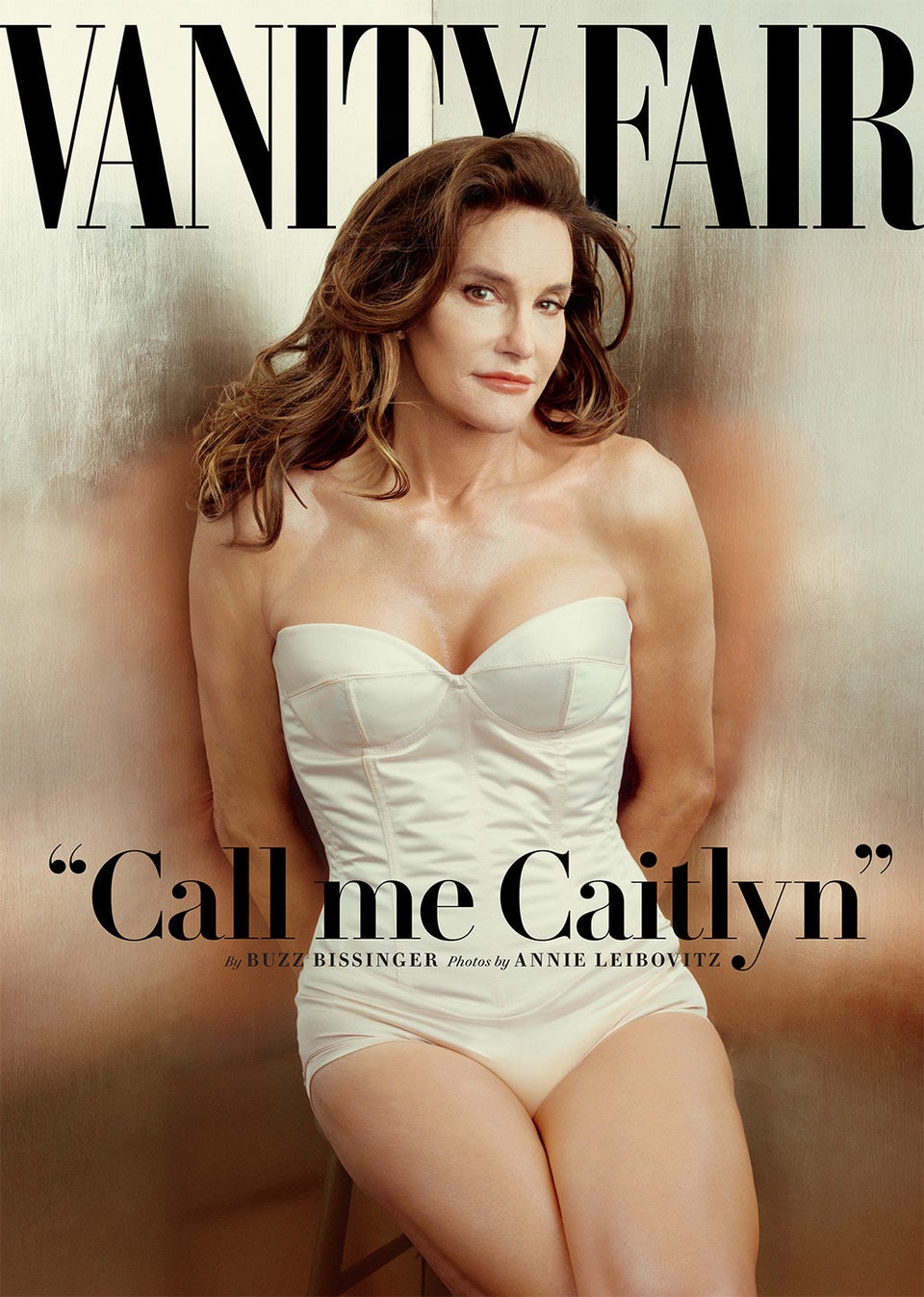Since Minneapolis became the first U.S city to pass protective legislation inclusive of trans people in 1975, we've seen more -- albeit not enough -- governmental initiative to protect the trans community. But for decades, the pace of such protections was hindered due to a lack of trans visibility within the gay rights movement, Mara Keisling, executive director at the National Center for Transgender Equality, told HuffPost Live.
Keisling explained to host Alex Miranda earlier this week that, during the proliferation of the modern gay rights movement in the '70s, '80s and '90s, trans people were experiencing an "out-in-the-desert kind of time," politically speaking. Trans people spent that time fighting to get back into the lesbian, gay, bisexual and transgender (LGBT) movement -- a community that had "locked" them out.
"There was a real effort of the leadership of the gay rights community to really homogenize the message and therefore homogenize the people and cut a lot of folks out," Keisling said. "And the '70s and '80s were really about us getting back in there."
Want more HuffPost Live? Listen on the go with free downloads of our best interviews on iTunes here, and subscribe here for our morning email to guarantee you won't miss our buzziest conversations.
Also on HuffPost:


